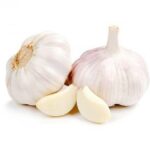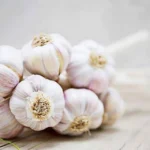Here are the types of garlic you should avoid buying to enhance your grocery shopping experience!
1. Sprouted Garlic
At markets, you often see garlic cloves with green sprouts. Many mistakenly believe this indicates freshness. In reality, sprouted garlic is like an “empty shell”: its nutrients have been depleted to nourish the sprout, leaving the clove shriveled, bland, and with over 50% less allicin. Worse, this type of garlic is prone to mold and, if poorly stored, can produce aflatoxin—a leading carcinogen.
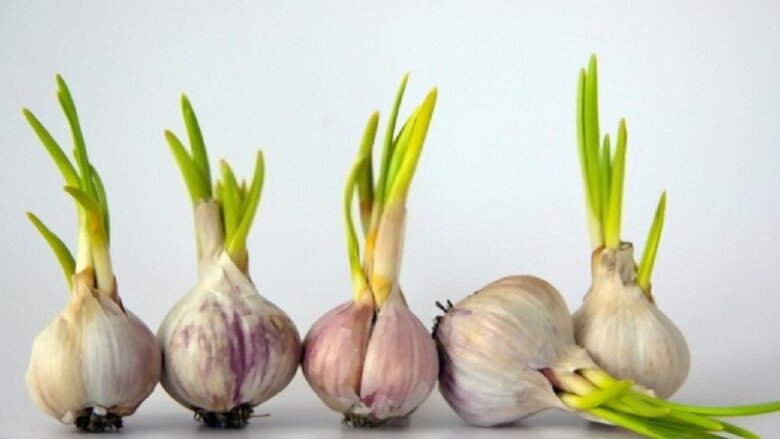
2. Moldy Garlic
Last year, a neighbor bought a discounted bag of moldy garlic, and her entire family ended up hospitalized due to poisoning. Doctors confirmed that moldy garlic contains aflatoxin—68 times more toxic than arsenic and a long-term cause of liver cancer. Alarmingly, mold penetrates deep into the clove, so even removing the affected parts leaves the rest toxic. When shopping, avoid garlic with dark brown or black spots on the outer skin.
3. Dyed Garlic
Some vendors use industrial chemicals to “beautify” moldy garlic, making it appear bright and appealing. These dyes often contain heavy metals and carcinogens, harming the liver and nervous system. However, don’t panic. If the garlic has green residue, it’s likely from Bordeaux mixture, a less harmful fungicide used during cultivation. Thorough rinsing will suffice. But if you detect a strong chemical odor, discard it immediately.
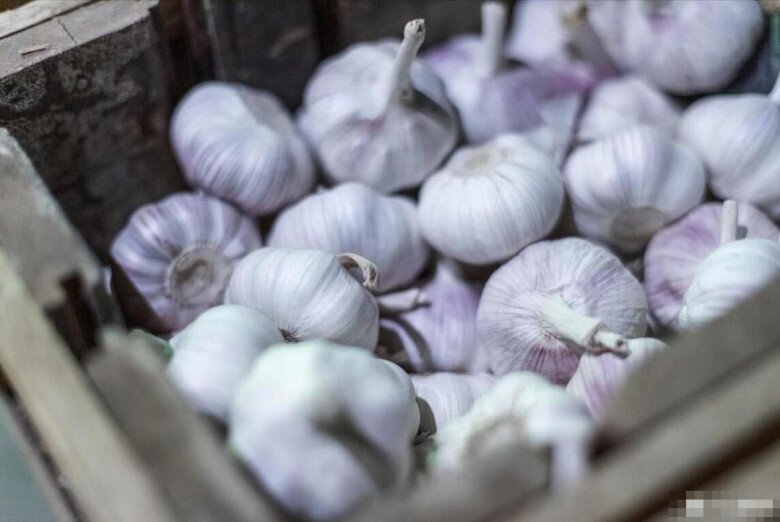
4. Withered, Shriveled Garlic
Some garlic appears intact but feels soft when squeezed. This indicates severe dehydration from prolonged storage. Supermarket garlic typically doesn’t sprout due to irradiation treatment, but garlic stored at home that shrivels loses nutrients and becomes susceptible to bacteria. When selecting, choose firm, heavy bulbs for freshness.
5. Garlic with Unusual Odor
Fresh garlic has a distinct pungent aroma. If it smells sour or foul, avoid purchasing it, as it may have spoiled or be contaminated with bacteria like E. coli or Salmonella. Consuming such garlic can cause diarrhea and other health issues. At the market, gently break a clove to check for unusual odors.
6. “Open-Mouth” Garlic Bulbs
“Open-mouth” garlic bulbs have cloves that have split open, with the outer skin peeling away. Some prefer these for easier peeling, but they are harder to store. Tightly wrapped bulbs resist oxidation and last longer, while open bulbs are prone to mold and spoilage. If buying in small quantities for immediate use, these are fine, but for larger purchases, opt for bulbs with intact, tight skins.
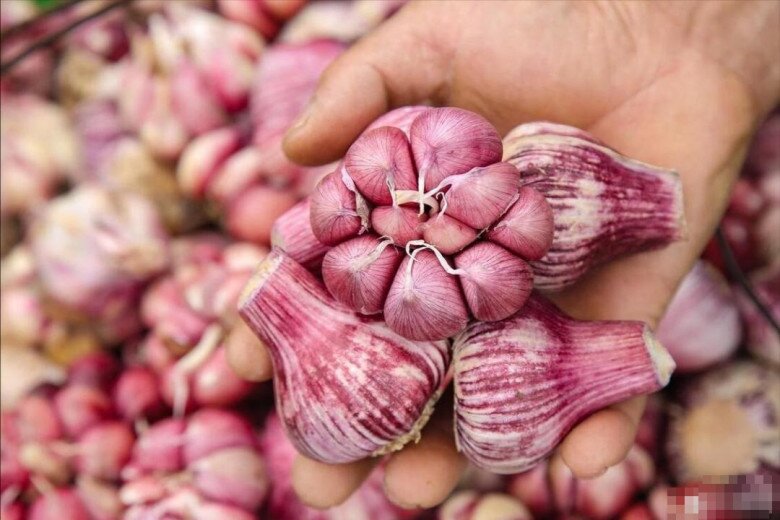
Tips for Choosing Quality Garlic
– Inspect the outer skin: Choose intact bulbs with even coloring. Purple garlic is generally more nutritious than white.
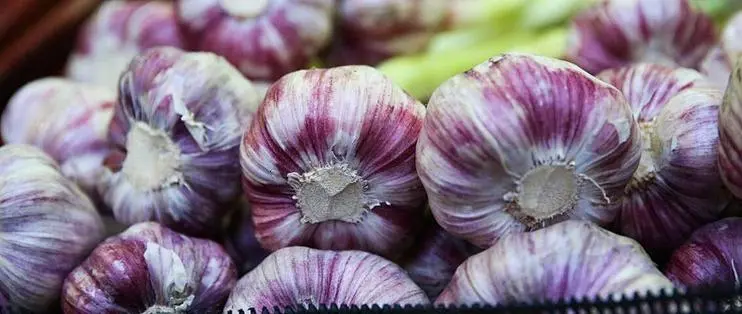
– Squeeze the cloves: Firm, plump cloves indicate quality.
– Smell the garlic: Avoid any with strange, strong, or stale odors.
Though small, garlic directly impacts your family’s health. Next time you shop, keep these tips in mind for the best selection.
Don’t Buy These Four Garlic Bulbs: A Warning to All Shoppers!
Introducing the ultimate garlic experience – a culinary delight that transcends ordinary taste buds. Forget the mundane, and embrace the extraordinary with our premium garlic bulbs. Each bulb is carefully cultivated and selected, ensuring an explosion of flavor that will elevate any dish. Why settle for average when you can indulge in the exceptional? Upgrade your culinary creations and treat yourself to the very best.

























